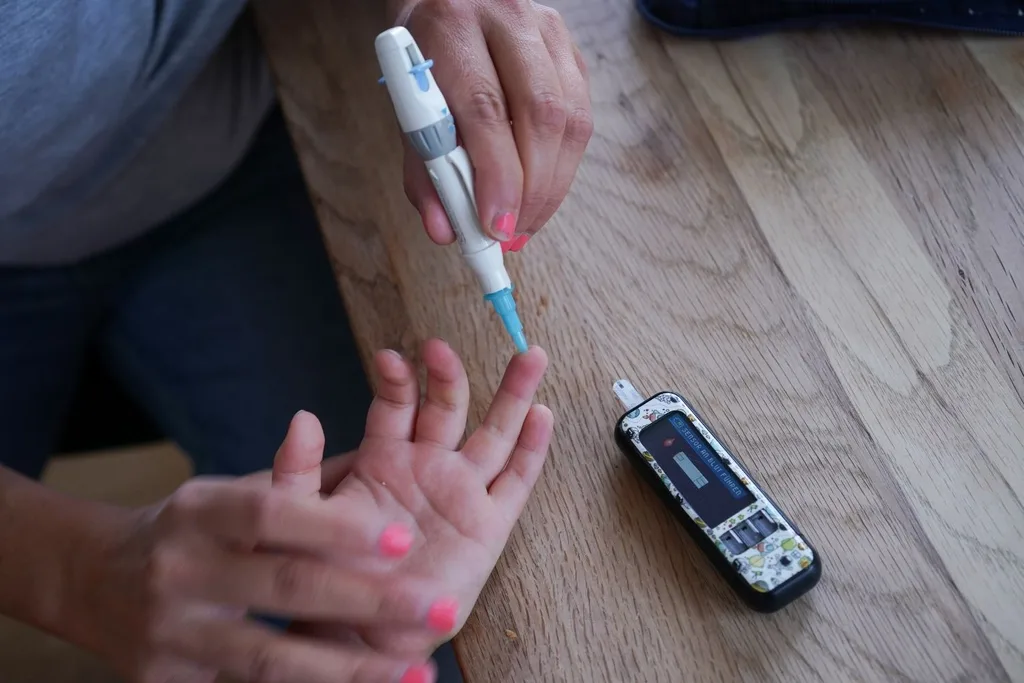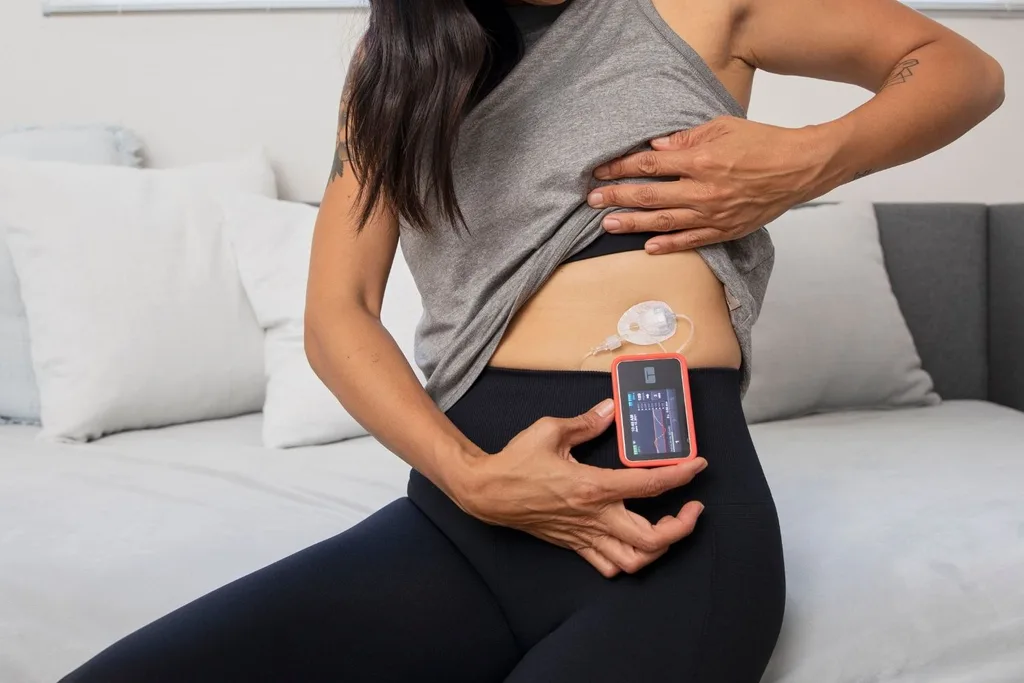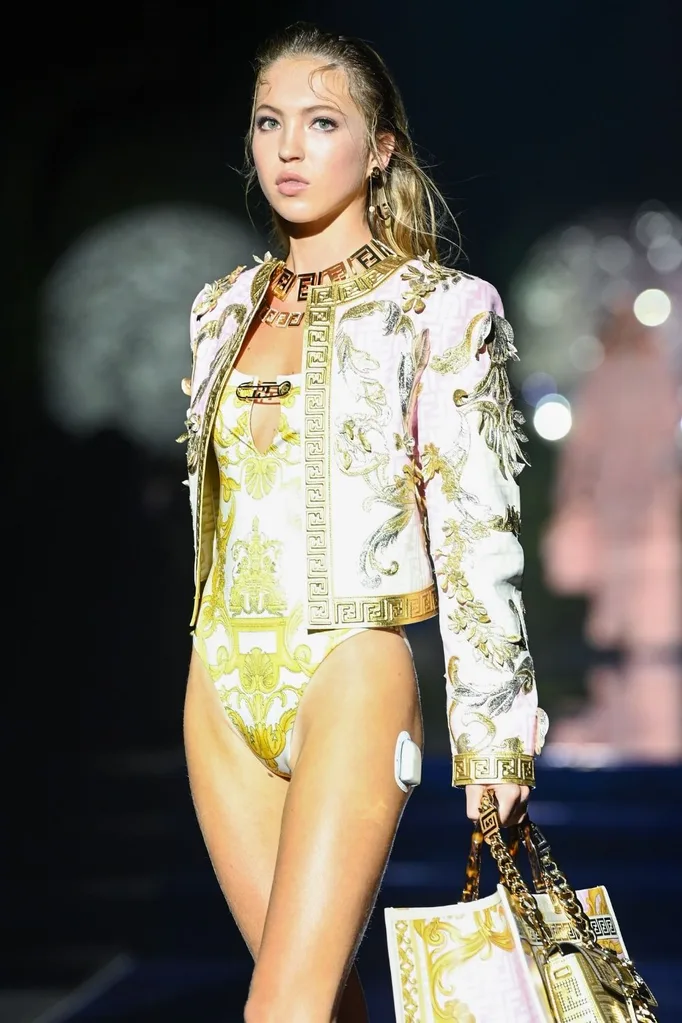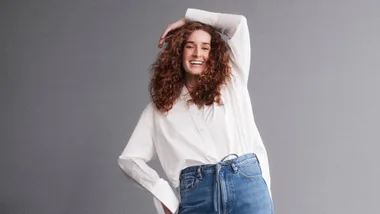I was just 11 years old when my life was changed forever. I’m aware this sounds like the kind of dramatic cliché you see at the start of a rom-com, but looking back some 16 years later, I can see just how drastic an impact my diabetes diagnosis has had on me.
I took the initial news as well as could be, rationalising that while I may have had to curb my sweet tooth, deal with daily injections, and check my blood glucose levels every few hours—things could have been worse.
Doctors, teachers, parents, nurses would constantly speak of T1Ds (type one diabetics) who were living normal and even extraordinary lives despite having the disease—Halle Berry! Nick Jonas! They’d assure me.
But here is the thing about diabetes: With 422 million diabetics in the world, most people have a vague idea of what the auto-immune disease is (explaining the difference between type one and two is a constant conversation) and yet, it’s still called an “invisible illness”.
Why? Because, other than rare glimpses of someone checking their sugar levels or having to inject their insulin, it is undetectable at a surface level. And, in most cases, it’s purposely kept that way.

While those aforementioned famous examples provided some small comfort growing up, you’d never see them hitching up their couture gowns to stab a needle in their thigh midway through a red carpet. Such matters were dealt with away from prying eyes. And if they were anything like me, they were probably in the privacy of a bathroom stall.
Thus is the vicious, catch-22 cycle of type one diabetes—it is as easy to hide away as it is difficult to spot. You can fit seamlessly into a crowd and feel completely isolated all in one breath.
Two years after my initial diagnosis I was thrilled to move from injections to an insulin pump (a small machine no bigger than a phone connected to the body 24 hours a day giving a continuous basal dose of insulin).

It was both a newfound freedom, allowing me to eat whatever I wanted whenever I wanted, and a permanent weight in my pocket always attached to me unless I was swimming or showering.
It felt like I had lost some of that invisibility, and that terrified me.
I went about concealing my pump in any way possible; cutting holes through my pockets so the tubing could be threaded through layers of clothes, stuffing it in my bra and using an arm band designed to hold an iPod while exercising, strapping it to my leg so firmly I’d near cut off my circulation.
Form-fitting clothing was avoided, outfits carefully curated and the body-con trend of the 2010s became my living nightmare.
My tug-of-war with fashion has never truly subsided in adulthood, and the desire to maintain the invisibility, at least to a degree, remains.
That was, until I saw the Fendi X Versace show at Milan Fashion Week.

It was an unprecedented first that saw Kim Jones and Donatella Versace bring together two of the most prominent houses in fashion for a show unlike any other.
But between the history-in-the-making couture, there was another runway first that caught my eye.
Amongst the parade of iconic models—think Naomi Campbell, Amber Valletta, Gigi Hadid, Adut Akech, Kate Moss—clad in a bold hybrid of Versace’s Greek key motif and Fendi’s monogram pattern, Lila Moss confidently strode out wearing her insulin pump on full display.
A moment that appeared so effortless and chic to most, held a pivotal gravity for me.
In an era where diversity is finally creeping its way into all things mainstream—particularly fashion—I still never imagined that an illness so easily concealed and over-looked, my illness, would take centre stage at fashion week.
For the first time in a long time, I feel hopeful that the cycle of invisibility has finally begun to breakdown. And, I’m not alone.
After Lila shared a photo of the moment to her Instagram following the show it was (unsurprisingly) flooded with praise and more importantly, messages of thanks for sharing a part of herself so many have felt an unnecessary need to hide away.
Maybe now we can all start doing the same.










